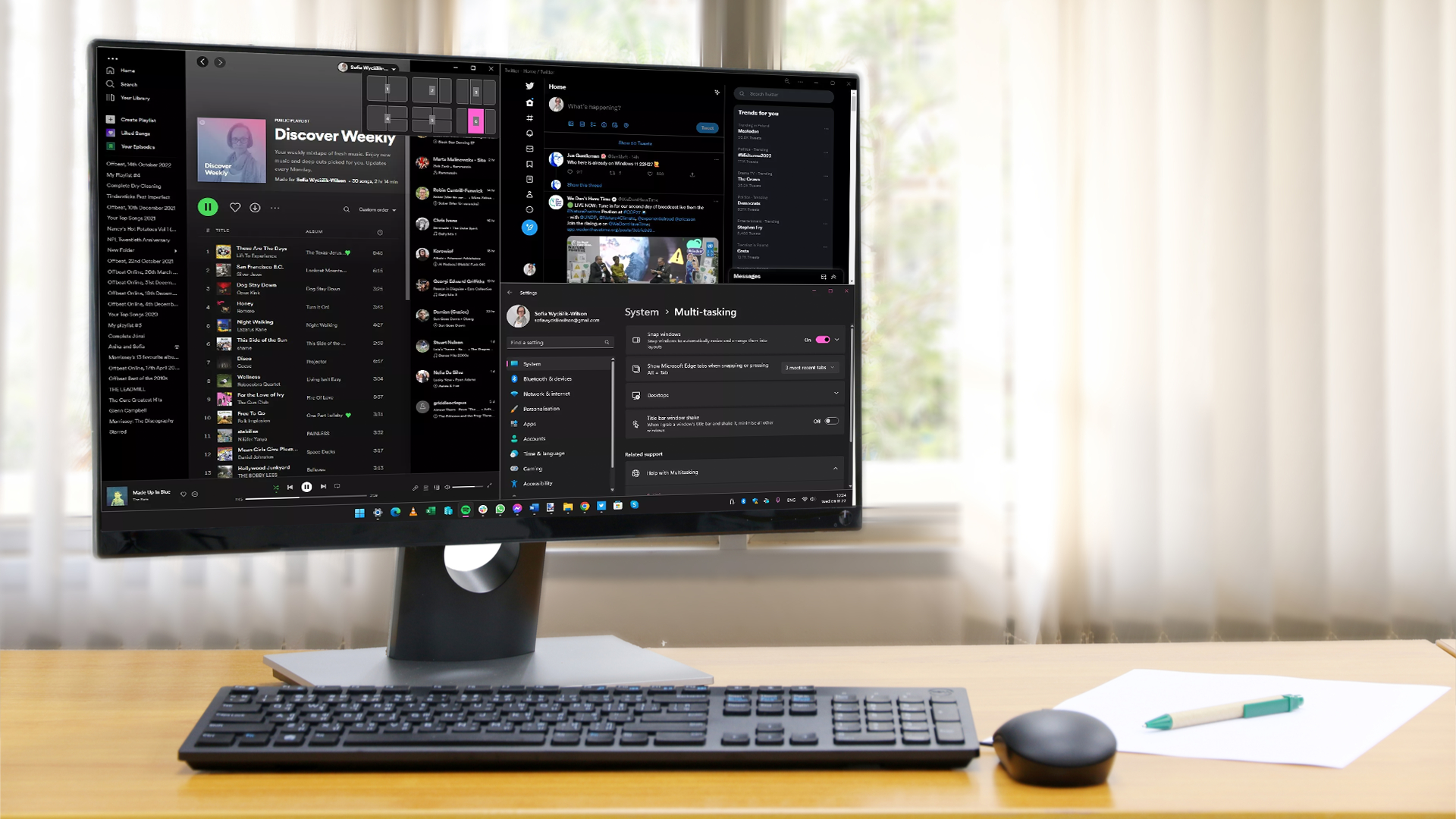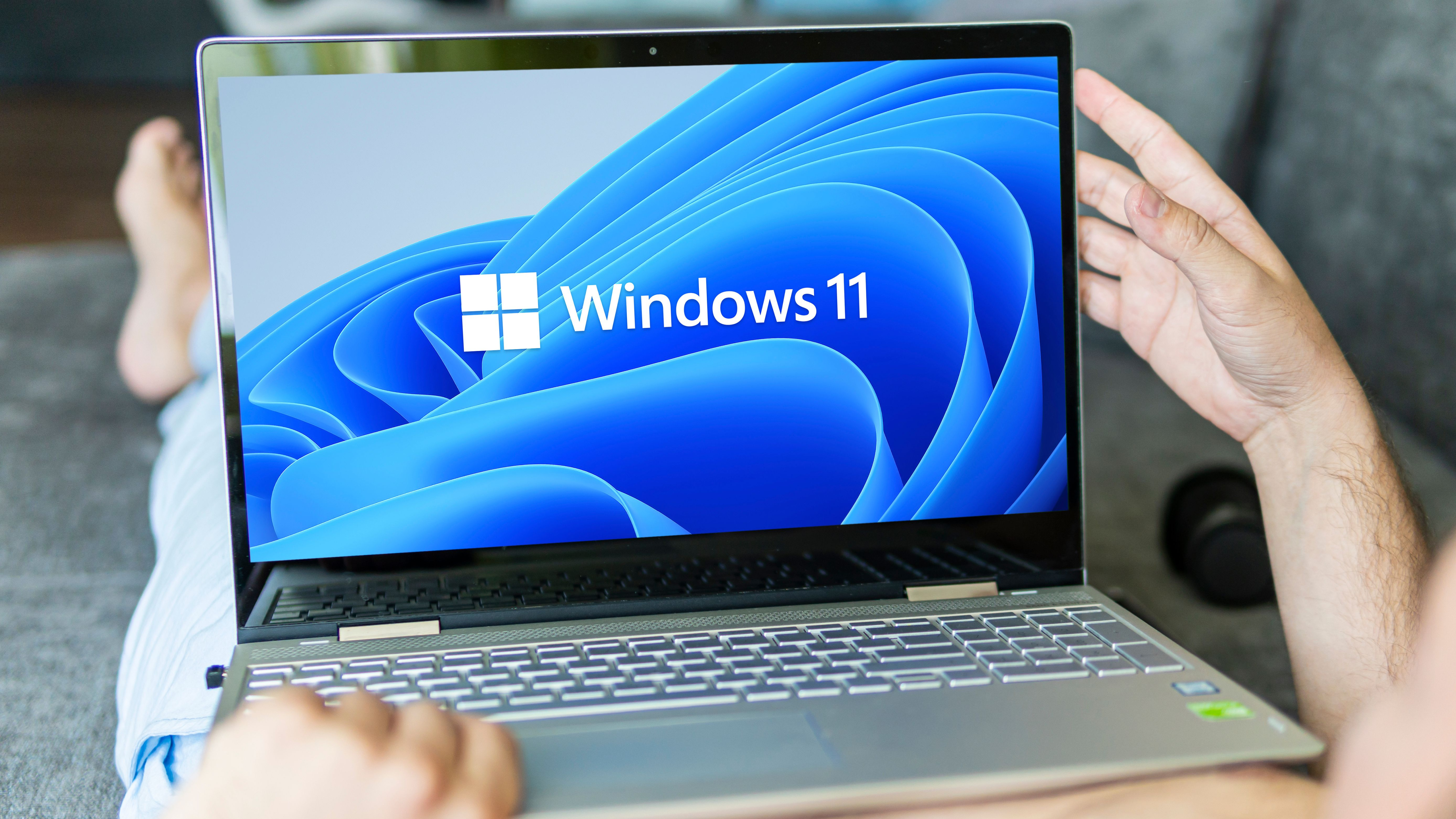Windows 11’s latest feature sounds exciting – but you should be wary of it
You can choose to get updates before everyone else, which could be a double-edged sword

Windows 11 has just received its latest cumulative update and along with the usual fixes and security patching, there’s a new feature added here – one that you should be careful around, as we’ll explain.
Update KB5026372 for Windows 11 22H2 adds the ability to flick a switch to ensure that your PC will get the latest non-security updates and ‘enhancements’ as soon as they are available.
Basically, as we’ve seen already in testing (hidden, a while back), it allows you to jump to the front of the queue for updates if you have toggled the feature on (you’ll find it under Settings > Windows Update).
Note that this is just for new features being piped to Windows 11 via updates and not security patches.
Elsewhere with KB5026372, Microsoft has implemented a bunch of security fixes and has also bolstered the driver database for Kernel-mode Hardware-enforced Stack Protection security.
We’re hoping the latter move will cure the warning messages plaguing some users in recent times, saying that Stack Protection – a newly introduced security feature for Windows 11 – has been turned off. Gamers have been especially hit by this due to conflicts caused by anti-cheat systems.
Analysis: Confusion and controversy over priority updates
There’s some controversy around this new feature to receive Windows 11 updates as soon as they’re available. Firstly, as we’ve discussed before, we need to be careful about taking this course of action anyway. Receiving feature updates before everyone else means you may stumble across teething problems and bugs that weren’t picked up in testing.
Sign up for breaking news, reviews, opinion, top tech deals, and more.
That’s why it’s generally better to wait just a little while to receive any update, really, to watch early adopters and the experience they have, and ensure there aren’t any nasty surprises to be had.
That aside, the controversy level has been raised considerably here by a report from Paul Thurrott on what this feature actually does. Rather than simply giving you priority access to feature updates, Thurrott claims that Microsoft is not really being transparent about what’s happening when you turn on this functionality.
Thurrott says that he’s done some digging into how this new option works, and explains that it’s using tech known as a Controlled Feature Rollout (CFR) to deliver new updates to release versions of Windows 11.
Crucially, Thurrott notes that this means untested features can be delivered. In other words, Microsoft is effectively skipping the normal testing channels – pushing stuff to Windows Insiders to try out – and piping features directly to Windows 11 stable PCs (computers in use by the general public, or rather, those who have turned on this new priority updates option).

Looking at Microsoft’s own documentation, on the subject of update delivery and ‘continuous innovation’ (a commonly heard Microsoft buzz-phrase), the company says: “Microsoft will periodically deliver new improvements and experiences to the most recently released in-market version of Windows 11 using the existing Windows monthly update process.
“Our phased and measured approach may introduce new features using Controlled Feature Rollout (CFR) technology, which is also used in the Windows Insider Program and with Microsoft Edge.”
A footnote adds: “Using CFR, features may be gradually rolled out, starting with devices that install the monthly optional non-security preview release.”
So, as we can see, CFR is indeed a tech tied to the Windows Insider (testing) program, and previously, it would seem these features could be rolled out to stable Windows 11 machines, starting with those who opt to install preview (optional) updates (which are still in testing).
In short, this seems to back up what Thurrott further observes – that Microsoft has already quietly been deploying test features to PCs running the release version of Windows 11, citing an example of the Search pill that appeared on some systems in November 2022. That change – switching the search icon in the taskbar to a box (as it is in Windows 10) – mysteriously appeared for some folks running the full version of Windows 11 (not Windows Insiders).
It appears, then, that turning on this new priority option is effectively signing yourself up for this kind of thing – at least if Thurrott is right. And Microsoft isn’t making that clear, which when presenting untested features to the finished version of Windows 11, it really should be.
So, there are two reasons to be cautious about enabling the new feature introduced with KB5026372, at least until Microsoft clarifies exactly what’s going on here.
Darren is a freelancer writing news and features for TechRadar (and occasionally T3) across a broad range of computing topics including CPUs, GPUs, various other hardware, VPNs, antivirus and more. He has written about tech for the best part of three decades, and writes books in his spare time (his debut novel - 'I Know What You Did Last Supper' - was published by Hachette UK in 2013).